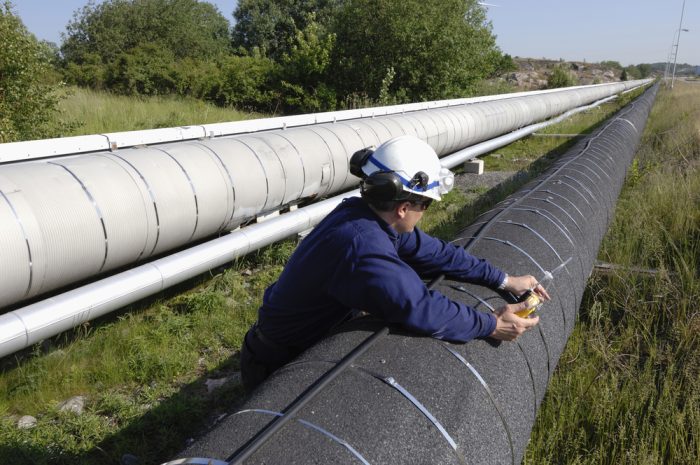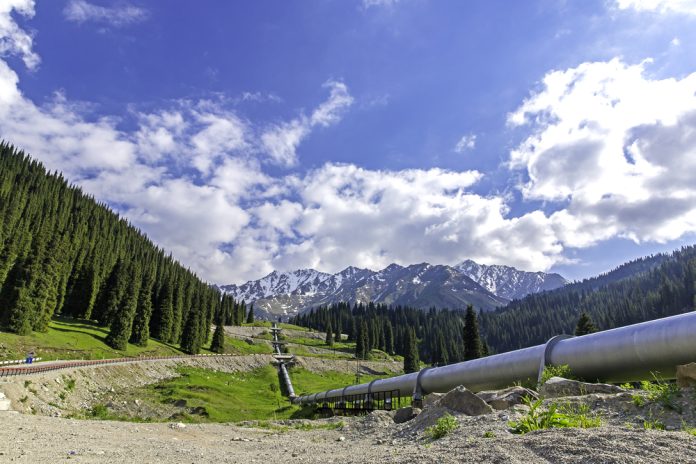Pipelines are necessary constructions for modern, civilized countries to transport water, gas, oil, and any other resource they need. The assembly of these pipelines may take months or even years, and they potentially leave significant footprints as they progress.
This is where remediation projects come in to help mitigate the environmental impact of pipelines. Remediation is the process of removing pollutants or contaminants from soil, water, or air. It can also involve containing the pollution to prevent it from spreading. In some cases, it may be required by law. Other times, it is the responsible thing to do to protect ecosystems and the people who live near the construction site. If your company feels the need to protect the environment, arrange for brownfield remediation services.
Measures for operational safety have to be in place. Depending on the type of material that passes through the pipeline, there are additional steps for the construction crew to take. A massive crew of workers typically complete certain project areas, and they all need to eat, sleep, and work comfortably.
In many cases, the construction of pipelines takes place in vast landscapes. As a result, a priority for everyone involved is to protect the environment. Companies need to evaluate and prepare strategies for reducing pipelines’ environmental impacts. Furthermore, these strategies are to benefit the greater public, their workers, and nature. Companies can do so in these eight ways:
1. Ensure Equipment Is in Good Working Order
Any construction project includes numerous large machines and vehicles. The project needs this equipment for excavation, transporting parts, and other functions. All equipment is to be in good working order if the workers want to reduce their environmental footprints.
Using high-quality equipment like the regularly maintained products from KNF helps to prevent leakages of oil, transmission fluids, and other environmental hazards.
2. Implement Geo-Surveys
Proper surveys of the work area help the team to plan their activities and reduce their impact on the environment. If potential hazards and complications to the construction are identifiable early in the process, then surveyors advise on strategies to avoid most of them. Moreover, instead of causing more damage due to improper solutions, teams are able to swiftly move forward while keeping their footprints to the minimum.
3. Carefully Plan Access Routes
Some of the vehicles and machinery used during the construction may be large. As a result, getting the equipment to the work area often requires some extra planning to ensure the environment is not disturbed unnecessarily.
Access routes are necessary to get to access points along the pipeline during construction and to potentially utilize after completion as maintenance routes. The workers should remove as little vegetation as possible, and the rest of the environment should be left undisturbed.
4. Provide Support to the Environment
Pipeline companies could support the surrounding natural area by planting new trees to replace the ones removed during the construction process. The community may see this as a positive impact of construction on their native living space, and the environment receives support from growing new vegetation.
5. Regularly Schedule Maintenance Checks of Pipelines
Pipelines carry large amounts of the product flowing through them. Many of the substances are potentially disastrous to the environment if a breach or leak in the pipeline occurs. Scheduling regular maintenance checks on pipelines help to prevent hazardous substances into the environment. With the detection of a breach or leak, a crew dispatches immediately to take care of the matter.

6. Involve the Community of the Area
The locals of an area know their surroundings best. They can advise on services, products, and other factors that the crew could need during the construction and maintenance of the pipeline. Companies can negotiate with locals for long-term rates. This is beneficial for assistance with housing, rubble removal, waste disposal, food and drink supply, and saving resources.
7. Limit Pollution
All of the team members working on-site require training, and they need information about reducing the environmental impact of their immediate workspace. In addition, they should keep their waste disposal in mind and not start any fires or cause damage to their work areas. Strict monitoring by supervisors and managers assist workers in keeping in line with the shared goal.
8. Make Use of Reusable Options
Reuse, recycle, and repurpose should be the motto of the entire project. Where possible, team members should minimize waste by using alternate options that do not harm the environment. For example, team members should use inflatable water dams, natural fiber sandbags, and other similar solutions.
To Conclude
The growing population and demand for products transported via pipeline have spurred the increase of pipeline construction sites. Careful planning and consideration of the environment during and after construction assist the natural surroundings to remain intact for generations to come. After all, nature was there before construction, and should be there at the end of production. Moreover, humans need the environment as much as they need the pipeline. Leaving both to function in harmony should be the end goal for all pipeline projects.
Find a Home-Based Business to Start-Up >>> Hundreds of Business Listings.
















































